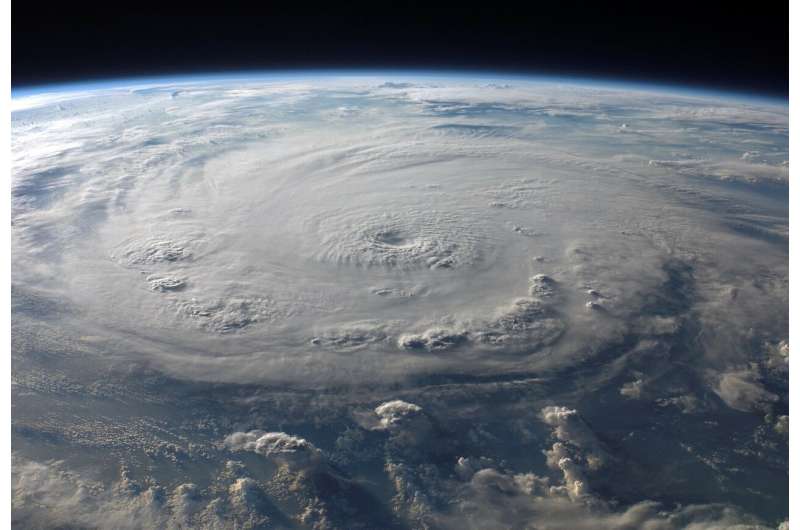New tool shows homeowners and renters the true cost of disasters

In some areas of the Southeast, such as Florida, the housing market is booming, but with hurricanes and other natural disasters posing annual threats, the true cost of owning a home in the region may be largely unknown.
That’s why the University of Central Florida and a team of researchers from across the country have just released a new online tool that can help people determine how ready their home, or future home, is for the next big storm.
The tool, called HazardAware, is now live, just ahead of the Atlantic hurricane season.
The easy-to-use tool allows users to plug in an address and instantly receive the property’s HazardReady score. The score shows just how resilient, or disaster-ready, a home is, and projects how much hazards, such as winds and flooding, could cost a homeowner each year.
HazardAware can provide reports for 13.3 million addresses in 196 counties along the Gulf of Mexico—including all of Florida, and parts of Mississippi, Alabama, Louisiana and Texas. This is a region that is historically impacted by hurricanes and other large hydrometeorological hazards each year.
With continued funding, HazardAware could also be expanded to cover the entire U.S. and other disasters such as wildfires and earthquakes.
A property’s HazardReady score takes into account 15 potential threats, including hurricane winds and flooding. The score also considers social and environmental vulnerability, community resilience, and home construction factors.
Users can choose to receive an emailed custom home report for their address, and they will also receive a renter and homebuyer checklist that can help ensure they ask the right questions next time they are in the market for a home.
The tool is part of a larger $3.4 million, multi-institution UCF-led project funded by the National Academies of Sciences, Engineering, and Medicine’s Gulf Research Program.
“When people buy houses, they generally think about location, pricing, crime, walkability and things like that,” says Christopher Emrich, principal investigator of the research and a Boardman Endowed Associate Professor of Environmental Science and Public Administration at UCF. “But rarely do people think about how much hazards will cost. By going to HazardAware, people can compare houses and get more information they can use to make crucial decisions and smart choices about where they live.”
For example, the score includes work by international expert and UCF coastal risk engineer Thomas Wahl. Using his models of changes in future coastal flood risk, the tool produces an estimate of when a property will see coastal flooding or when flooding potential will double for properties already in coastal flood zones.
“We want to democratize this very scarce and very difficult to find hazard disaster and impact information,” says Emrich, who also co-leads UCF’s National Center for Integrated Coastal Research and Sustainable Coastal Systems research cluster. “Some of this data would require a Ph.D. and 40 hours of investment to make sense of, but we want to put it into everyone’s hands. HazardAware has built a team capable of pulling together this type of ‘fugitive’ or hard-to-find information for homeowners and renters in the coastal zone.”
For next steps, the researchers want to provide customized mitigation information through the tool for each home highlighting what can be done to reduce future hazard loss. They also want to implement an option where users can improve their home’s resiliency score by inputting upgrades they’ve made, such as installing stormproof windows or a certified roof.
“I think the impetus for all this is to help people stay in their homes after a disaster by mitigating the threats hazards pose,” Emrich says. “If we can protect people’s homes, and people don’t have to leave, then they don’t suffer mental distress as deeply, and they don’t lose jobs as frequently. We can avoid a bunch of losses just by keeping people in their homes.”
Conclusion: So above is the New tool shows homeowners and renters the true cost of disasters article. Hopefully with this article you can help you in life, always follow and read our good articles on the website: Ngoinhanho101.com





